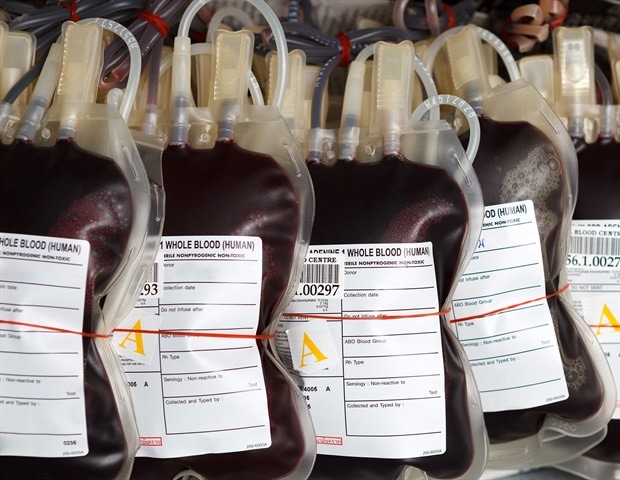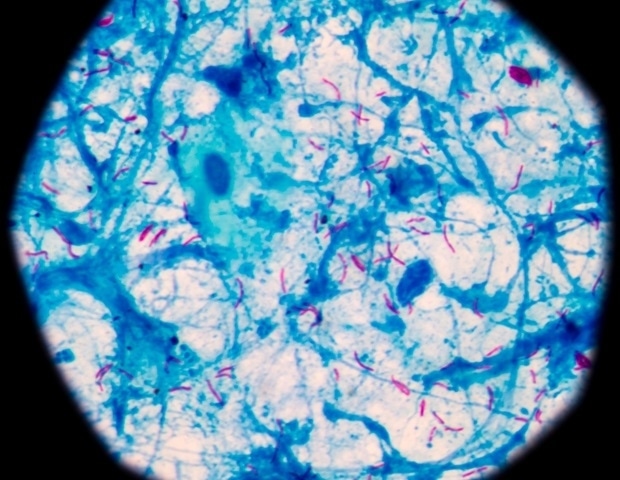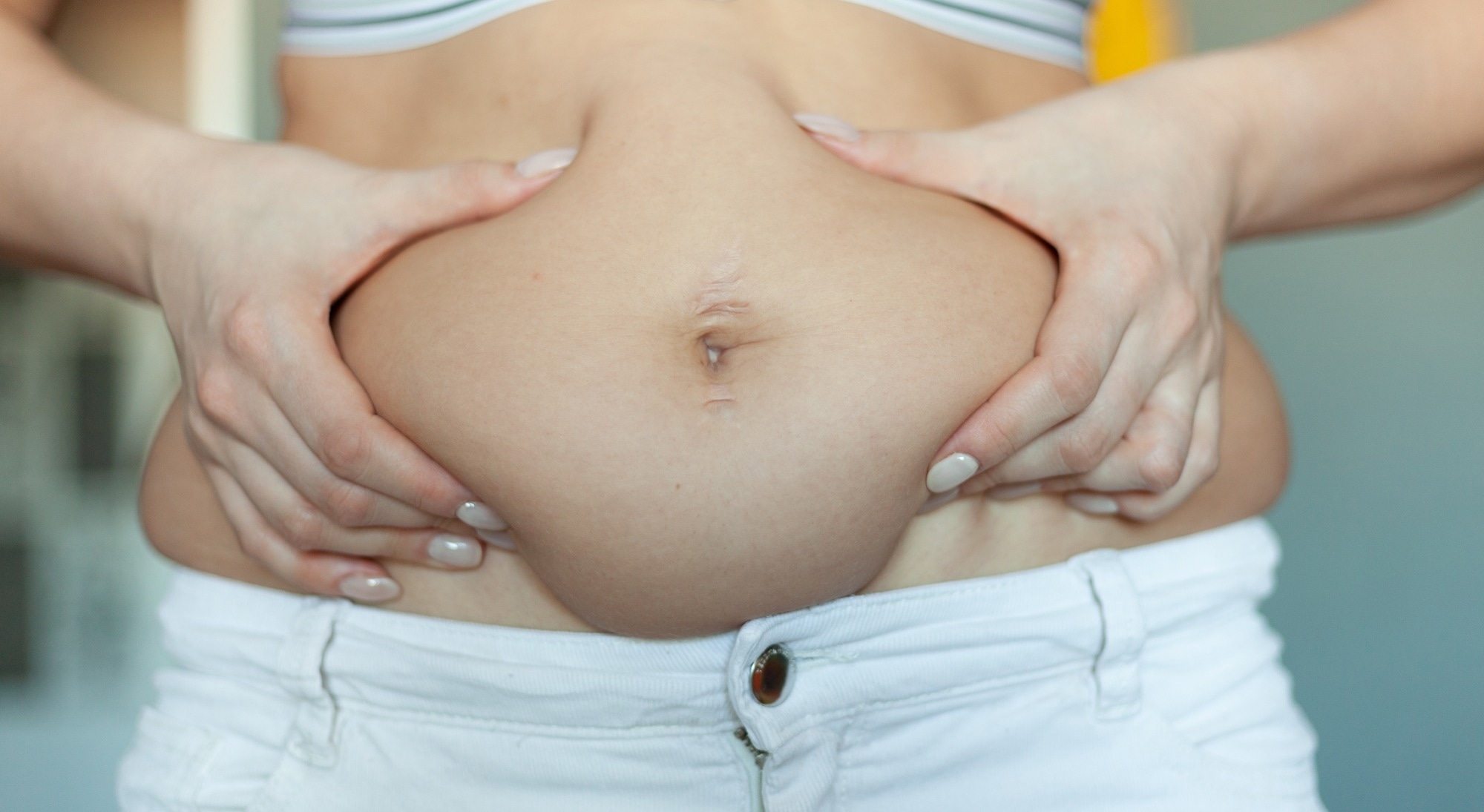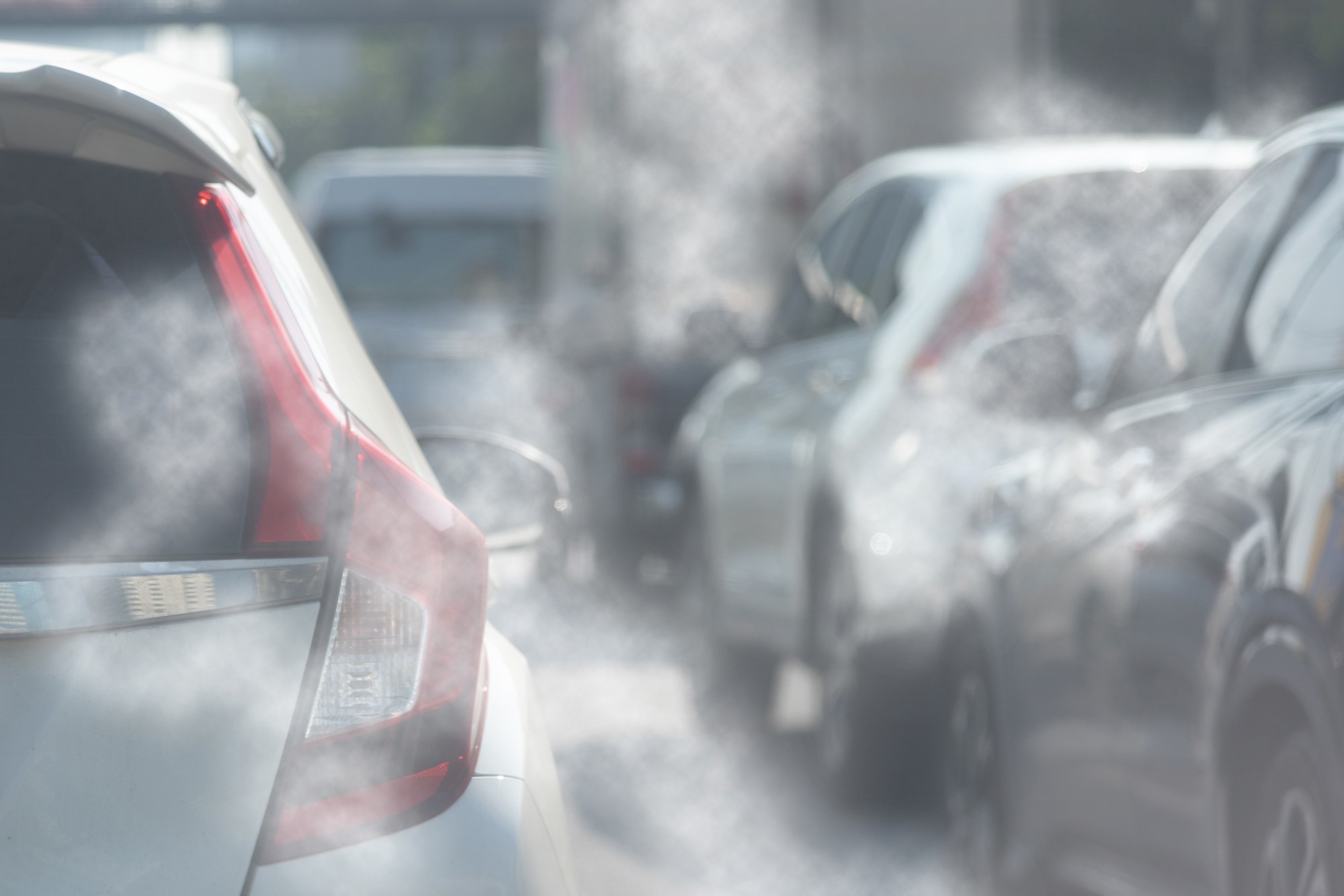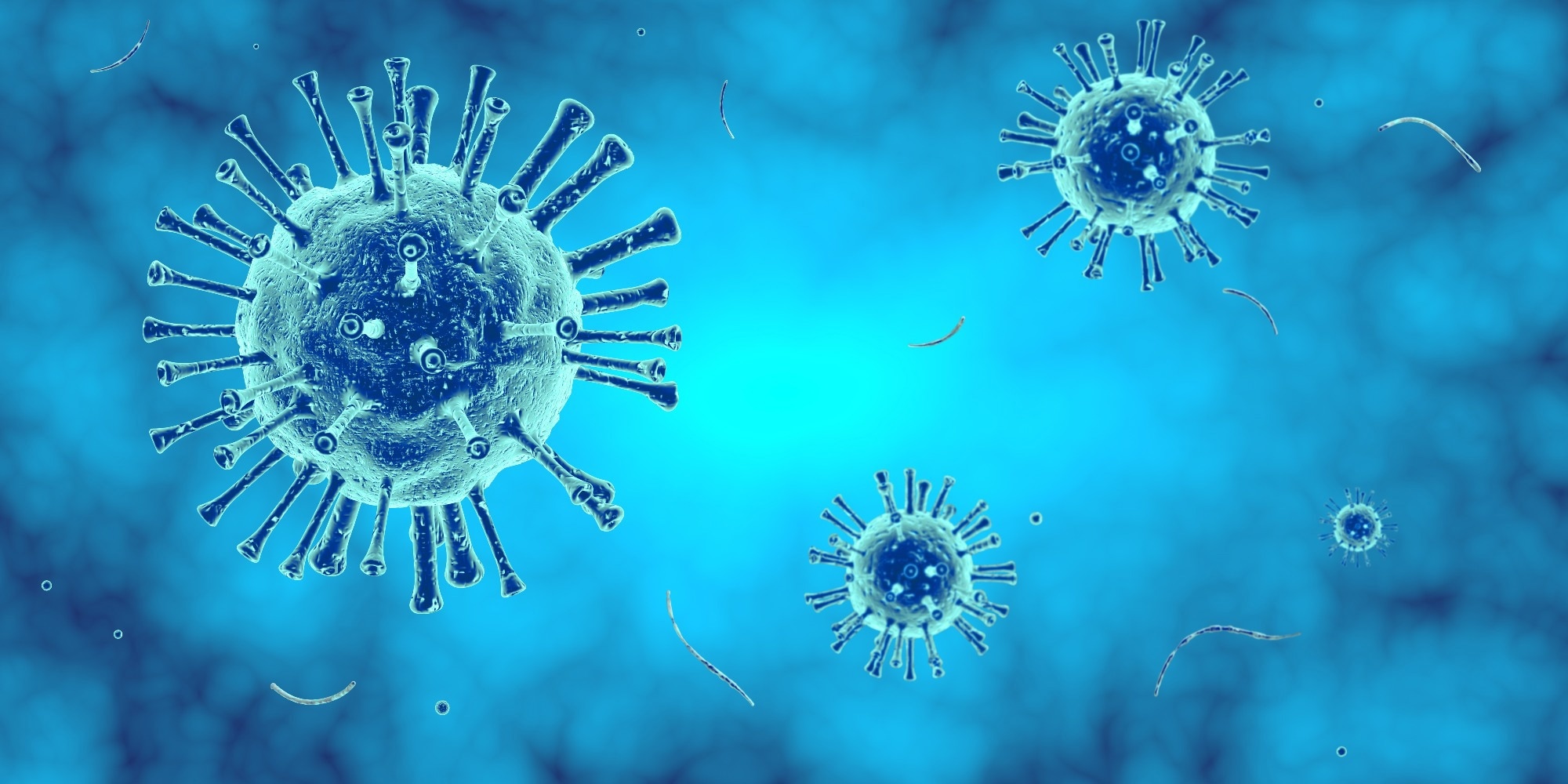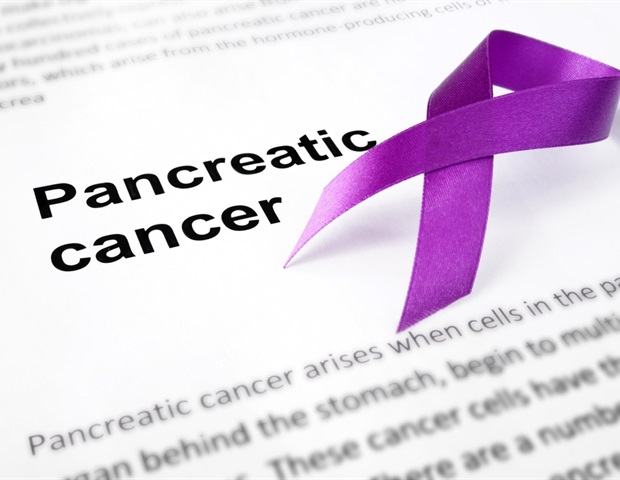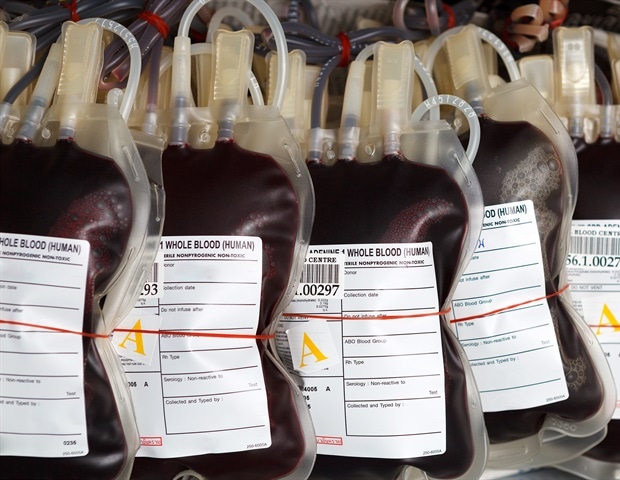
An article published in the journal eLife reports a study in which researchers concluded that the proportion of the population previously infected by SARS-CoV-2 (infection-induced seroprevalence) can be estimated using blood donation samples. The findings offer a sort of “portrait” of the first year of the COVID-19 epidemic in Brazil. According to the authors, their novel methodology can also be used to track and estimate collective immunity to other infectious diseases.
The usual method of estimating seroprevalence in Brazil is based on random samples of the population. The authors note that this method is costly and hard to perform periodically in real time. Serosurveillance is important to understand the characteristics of epidemics and formulate public policy, by detecting where prevention and treatment are effective, for example.
The principal authors are affiliated with the Brazil-UK Center for Arbovirus Discovery, Diagnosis, Genomics & Epidemiology (CADDE). They tested 97,950 blood donation samples for immunoglobin G (IgG) antibodies. The samples were collected in Brazil’s eight most populous state capitals: Belo Horizonte, Curitiba, Fortaleza, Manaus, Recife, Rio de Janeiro, Salvador and São Paulo. The study period ran from March 2020 to March 2021.
The results showed that the COVID-19 epidemic spread unevenly, affecting the populations of these cities at different times. Seroprevalence was generally highest among men and younger people.
Early on, some lines of investigation assumed everyone was infected at the same time, but we showed this wasn’t the case. In terms of a portrait of the epidemic, we concluded that it was extremely heterogeneous in Brazil, with different levels of infection between groups and significant variation in lethality rates. We hadn’t expected this result.”
Carlos Augusto Prete Junior, first author of the article
Prete Junior is a researcher at the University of São Paulo’s Engineering School (POLI-USP). The study was part of his PhD research. His thesis advisors are Vitor Heloiz Nascimento, a professor at POLI-USP, and Ester Sabino, a professor at the university’s medical school (FM-USP) and a principal investigator at CADDE. Nascimento and Sabino are the last authors of the article.
The study was supported by FAPESP via CADDE and a scholarship awarded to Prete Junior. It also received funding from Instituto Todos pela Saúde (“All for Health”, an initiative led by Itaú, Brazil’s largest private-sector bank). The other authors are scientists at Imperial College London and Oxford University in the United Kingdom.
In another recent article published in Vaccines, the group analyzed blood donation samples to show that their method could be used to predict the arrival in Brazil of the delta variant of SARS-CoV-2 (first detected in India in 2020 and originally named B.1.617.2). They conducted anti-spike protein microparticle assays to measure levels of IgG antibodies, which bind to the virus’s S (spike) protein and prevent it from infecting cells. They found correlations between the protection afforded by the vaccine, case numbers and the mortality rate due to the delta variant (read more at: agencia.fapesp.br/39629).
Methodology
The COVID-19 epidemic in Brazil was one of the severest worldwide, with 35.4 million cases and 690,000 deaths recorded up to early December 2022. However, these numbers do not reveal the significant differences among regions and subgroups of the population, or the proportion previously infected by the novel coronavirus. Estimating this proportion is important to help forecast the impact of future waves caused by novel variants of the virus.
In the study, as well as estimating the attack rate or seroprevalence of the disease over time for the eight cities using blood donation samples, with a breakdown by gender and age, the researchers also estimated the age-specific infection fatality rate (IFR) and infection hospitalization rate for each city.
The researchers had 1,000 samples tested per city per month. To make sure the samples were representative, they were selected so that the location of the donors’ homes matched the spatial distribution of the population in the areas concerned.
By law, blood donations are saved for six months in Brazil, and the researchers were therefore able to select and test samples frozen between February (before the start of the pandemic in Brazil) and July 2020. After this period, samples were selected and tested in real time.
IgG antibodies against the SARS-CoV-2 nucleocapsid (N) were detected by chemiluminescent microparticle immunoassay because this was the only automated kit commercially available in Brazil when the study started (July 2020). However, this type of test may suffer a loss of sensitivity over time due to waning antibody levels, and the declining proportion of individuals with positive test results may have increasingly led the true attack rate to be underestimated as the epidemic progressed.
To correct for this loss of antibody detectability due to weakening of the immune system or waning antibody concentration over time (seroreversion), the researchers developed a Bayesian model using data for repeat blood donors (people who give blood several times a year) and a cohort of non-hospitalized symptomatic convalescent plasma donors who tested positive for SARS-CoV-2 by PCR within 60 days after symptom onset.
“Inclusion of repeat donors was important because some studies done early in the pandemic corrected for seroreversion only using plasma donors. We showed that repeat donors were more representative of the population in each city,” Prete Junior said.
He noted that this model did not feature in the paper by the same group published in Science in December 2020, with information from the Manaus blood bank, because the data available at the time was insufficient. In that study, which was led by Sabino, they estimated that 76% of the city’s population had immunity against the virus, but this was before the arrival of other variants such as gamma, later considered more aggressive and lethal (read more at: agencia.fapesp.br/35011).
“Shortly after the paper was published, there was a second wave of COVID-19 in Brazil. At the time, many people thought there wouldn’t be reinfection. We’ve now confirmed that blood donation samples can be used to estimate seroprevalence for the purpose of monitoring other diseases, provided certain adjustments are made, such as correcting for seroreversion and estimating the attack rate for each group by age and gender using spatially representative samples,” Prete Junior said.
The results showed that the attack rate in December 2020, before the gamma variant become predominant, ranged from 19.3% in Curitiba to 75% in Manaus. Seroprevalence was consistently lower among women and donors over 55 years of age.
Cities with higher levels of seroprevalence also had higher mortality rates (deaths per 1,000 inhabitants). Between March 1, 2020, and March 31, 2021, the age-standardized mortality rates varied from 1.7 in Belo Horizonte to 5.3 in Manaus, where mortality was twice that of Fortaleza, the city with the second highest mortality rate among those analyzed.
The infection fatality rate (IFR) also varied among the cities, ranging from 0.24% in Manaus to 0.54% in Curitiba, and the age-specific IFR rose consistently with age.
The researchers estimated IFR using total deaths due to severe acute respiratory infection (SARI), including PCR- and clinically confirmed SARS-CoV-2 infection as well as SARI deaths without a final diagnosis, and excluded SARI deaths confirmed to have been caused by other diseases. This approach corrected the effect of under-reporting, particularly in 2020 when testing was not widely available.
Manaus
The gamma variant (P.1) was detected in November 2020, and its prevalence increased rapidly, reaching 87% on January 4, 2021, with a high proportion of reinfections, and for this reason, the IFR and the attack rate were estimated separately for the second wave in Manaus when gamma was dominant.
The study showed that the proportion of Manaus’s population infected in the second wave was 37.5%, compared with 75% in the first wave. The infection hospitalization rate rose during the second wave in the city, suggesting increased severity of the disease caused by gamma compared with previous variants.
Increased penetration of COVID-19 and the inability of the Manaus health system to cope with the influx of cases led the IFR associated with gamma to reach a level at least 2.91 times higher than in the first wave.
Source:
São Paulo Research Foundation (FAPESP)
Journal reference:
Prete Jr, C.A., et al. (2022) SARS-CoV-2 antibody dynamics in blood donors and COVID-19 epidemiology in eight Brazilian state capitals: A serial cross-sectional study. eLife. doi.org/10.7554/eLife.78233.

